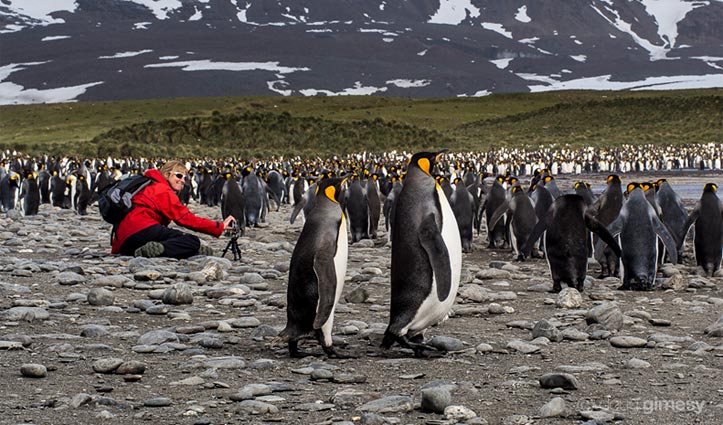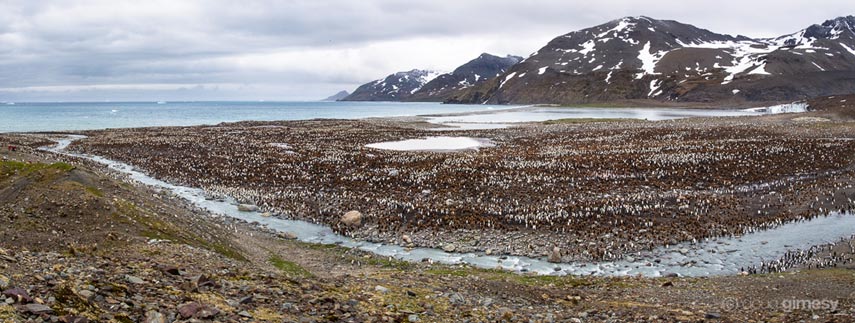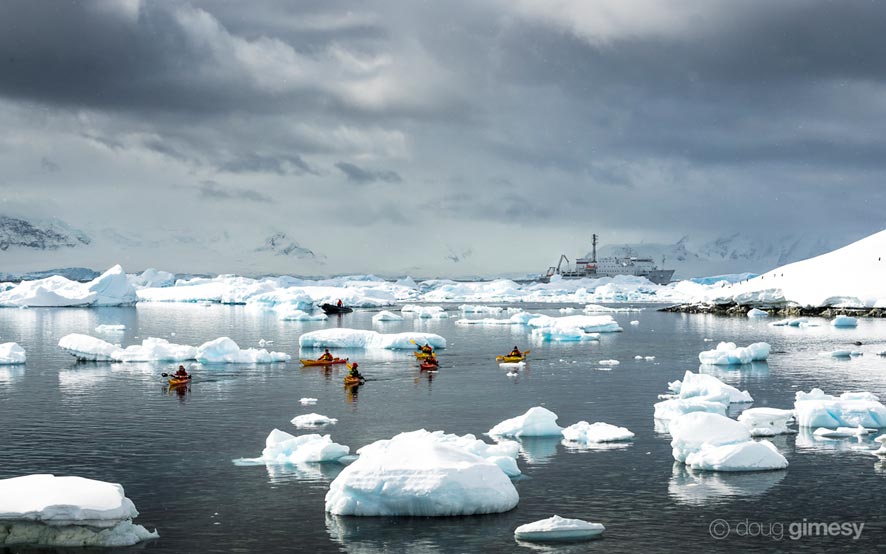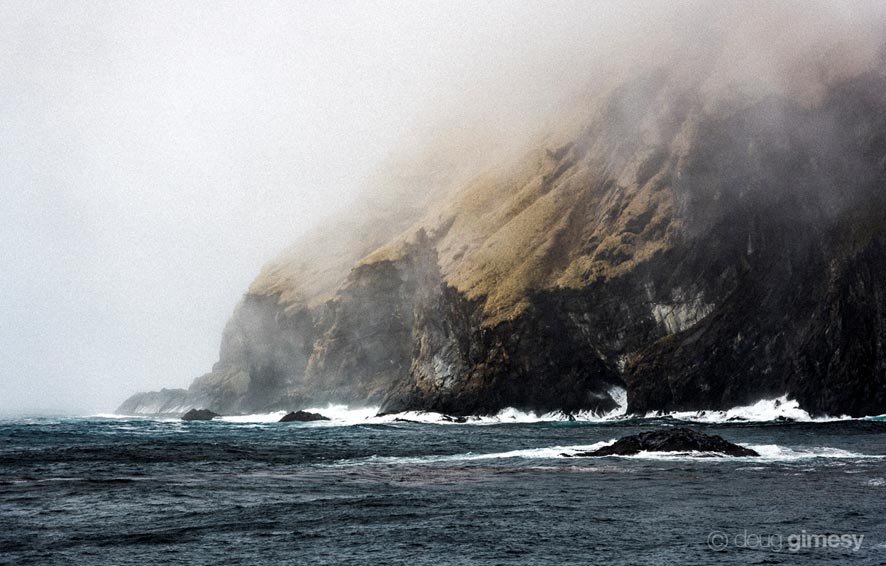17 Jan Before Taking a Photo
Possibly the Most Important Question To Ask Before Taking a Photo

Doug Gimesy- Professional Photographer
So you’ve booked the once in a lifetime big trip to South America, or to Antarctica, or combining both, and you want to make sure you come back with a set of travel photos that do the trip justice. In excited anticipation you’ve looked at a few web sites, you may have purchased some new gear, or taken a course or two. You’ve practiced taking photos with your equipment so you know how to use all the controls without taking your eye away from the viewfinder (if you haven’t please try as it’s important). You’ve got spare memory cards, an extra battery and perhaps an extra charger, you’ve got something to keep your equipment clean and dry, and also something to back up your images on to. So from an equipment perspective, you’re feeling pretty good. But are you really ready to capture the memories you are hoping to?
What’s the one thing you can do when you’re actually there, on the spot, and about to take a photo, that could help ensure that you get the best shot you can?
Now before I tell you, I need to warn you that this is going to sound too simple to make a difference, and possibly could sound too obvious; but the number of people who give me a blank look when I ask them this question when training people is amazing.
So what should you do?
Simply ask yourself “Why am I taking this photo?” Now before you read any further, please do me a favour and ask yourself “Why did I take the last photo I took”? Did it achieve what you wanted/needed and why? Was it on an iPhone or on something else?
I know this may seem simplistic, but if you’ve answered this question honestly, and figured out why you are really taking these photos, things will start to change. You’ll suddenly find yourself being able to focus more appropriately on the other important question that we have in photography, and that is “how do I best achieve this goal?”
Now answering this “why” question may actually make taking a photo and the “how” process harder (and more expensive), or it may actually make it easier (and cheaper), or just different, but I guarantee it will help ensure that you’ll be happier with the outcome. It may also help you better answer the question I always get asked when people are about to go to exotic places, and that’s “What equipment should I take?”. Of course, my first response is why do you want to take photos?
In my experience, I’ve found that there are normally 9 main reasons why people take photos:
– as a visual diary for yourself and those who were with you (i.e. memory shots)
– as a visual diary for those friends who weren’t with you
– to help tell an important story
– to show off (i.e. to create a ‘wow’ photo)
– for pure joy
– as a personal challenge
– to learn to see
– to be in the moment
– to generate sales
Of course these are not all mutually exclusive, and you could be taking photos for several of the above reasons, but if you start focusing on just one or two, it will start changing not only what you take, but also when you take it and what you take.
When I first wanted to be a professional photographer, I just went out with the approach that every photo I took had to be technically perfect, every photo had to be of National Geographic quality. In other words, every photo had to be good enough to tell a story, it had to be a ‘wow’ photo, and one that someone would want to buy. And whilst that may sound like a really sensible approach for any professional photographer, the thing is, I’m not always a professional photographer, and so the other benefit a photo could give me was being lost.
It was rare that I’d actually take a photo just for fun, or take a series of quick snaps just to remember the time I’d spent somewhere, or the time I’d spent with someone. It wasn’t very often that I’d slow down and focus on where I was just for the joy of being in the moment – like Sean Penn did in The Secret Life of Walter Mitty (watch here) These are all great things that taking a photo can also offer if you stop and ask “why am I about to take this image?”.
For example, if you’re about to take a photo of a loved one, or of a place you love, just to help remember the moment at a later time in life, it doesn’t have to be technically perfect. So why waste your time trying to make it so, when you could take a quick snap and then spend the rest of the time actually being in, and enjoying the moment?
This image below is one of my favorites ever taken. Why?

Well, it’s neither technically brilliant nor a “wow” image, but it shows the person I love most in the world (Heather), in one of the places I love most in the world (South Georgia). In other words, it’s a wonderful memory shot for both Heather and I and gives us everything we would want out of a photo taken there at the time. Had I spent 10 minutes trying to get the right lens on my camera, get the perfect angle, or just waiting for the best light, there’s a 90% plus chance I would have missed the shot and a 100% chance I would have missed being in the moment. I knew the day we landed there, indeed way and before we went out, that what I really wanted to do was capture was a visual memory of our experience so all I needed to do was take a wide scenic picture with at least one of us in it.

Now to be candid, the whole trip wasn’t like that, as that’s not what I do. The next day was all about trying to take National Geographic quality images (and I think I got one or two). I have to admit, I don’t even remember seeing Heather that day but I’m sure I must have – but that’s my point. I have no photos of that day with Heather in them but that’s OK – it was a deliberate decision about why I was taking pictures that day and what I wanted to get out of them, and that decision changed not only the outcome, but also the experience.
So if you want to make sure you get the best travel photos you possibly can (or indeed the best photo no matter what the experience), before you pick up your camera, or even decide what equipment to take, my strong advice is to first stop and ask yourself “why am I taking these photos?”. I promise it will make a difference to what you capture.
And of course if you’d like technical help on taking photos, I do run occasional small workshops and one-on-one tutorials in Melbourne.


About Doug:
Doug is a professional (and award winning) conservation & wildlife photographer whose images have been published by National Geographic, The New York Times, Australian Geographic and others.
For more information about Doug, the courses he offers, and to see his beautiful images, go to www.gimesy.com. He is also on Instagram and Facebook
Subscribe to our email newsletter Tailor-Made Journeys to hear about our latest news, new experiences and all things Antarctica, Latin America and the High Arctic.

